Defence Ministry also said that CBI and Enforcement Directorate are vigorously pursuing all aspects of the investigation, including the arrest and extradition of three alleged middlemen of the AgustaWestland deal.
 Defence Ministry said it was the NDA, on July 3, 2014, that had actually put on hold all procurement and acquisition cases in the pipeline of six companies involved in the VVIP chopper scam. (PTI Photo)
Defence Ministry said it was the NDA, on July 3, 2014, that had actually put on hold all procurement and acquisition cases in the pipeline of six companies involved in the VVIP chopper scam. (PTI Photo)Noting that the core issue in the VVIP chopper scam was corruption, the Defence Ministry on Thursday said the government will leave no stone unturned in pursuing all means to bring to justice the corrupt and the wrong-doers in this case.
Refuting the Congress claims that the Anglo-Italian helicopter maker AgustaWestland was blacklisted by the UPA government, it said it was the NDA, on July 3, 2014, that had actually put on hold all procurement and acquisition cases in the pipeline of six companies involved in the VVIP chopper scam.
It also said that CBI and Enforcement Directorate are vigorously pursuing all aspects of the investigation, including the arrest and extradition of three alleged middlemen of the deal — Carlo Gerosa, Guido Haschke Ralph and Christian Michel James.
“Publicly available information on the procurement of AgustaWestland helicopters clearly shows that the core issue in the matter is corruption. The present government has taken effective action to bring out the truth and will leave no stone unturned in pursuing all means to bring to justice the corrupt and the wrong-doers in this case,” a statement released by the ministry said.
It said the time taken is largely because some of the key perpetrators of this “misdeed” are outside the country.
In certain quarters, questions have been raised on certain trivial technicalities, which appear to be intended to distract attention from the core issue of corruption, it said.
The ministry said that the contract for supply of 12 helicopters signed with AgustaWestland International Ltd (AWIL) on February 8, 2010 was terminated with effect from January 1, 2014.
“The main reason was breach of the provisions of the Pre-Contract Integrity Pact and breach of terms of contract by AWIL. However, the company was not debarred by the said order. Various bonds and bank guarantees were invoked.
“It is the present government which through its order dated July 3, 2014, put on hold all procurement/acquisition cases in the pipeline of six companies figuring in the FIR registered by the CBI. No new capital procurement has been made thereafter from these companies in the tenure of the present government,” the statement said.
The said companies are AgustaWestland International Ltd, Finmeccanica, Italy and its group of companies, including subsidiaries and affiliates, IDS, Tunisia, Infotech Design System (IDS), Mauritius, IDS Infotech Ltd, Mohali and Aeromatrix Info Solution Pvt. Ltd, Chandigarh.
On the Congress allegation that the NDA gave clearance to a joint venture involving AgustaWestland through the Foreign Investment Promotion Board, the ministry said this proposal was approved on September 2, 2011 based on an application by Indian Rotorcraft Ltd, a joint venture of Tata Sons with AgustaWestland NV, Netherlands.
“This was later changed to AgustaWestland S.p.A, Italy due to re-organisation within the group. On February 7, 2012, an industrial licence for the manufacture of helicopters was granted by the Department of Industrial Policy and Promotion to Indian Rotorcraft Ltd. However, the validity of the licence has since expired,” it said.
On the “core issue of corruption”, it said the two agencies concerned, namely CBI and Enforcement Directorate, are vigorously pursuing all aspects of the investigation, including the arrests and/or extradition of the three foreign nationals.
“Red Corner Notices were issued in December 2015 and January 2016 through Interpol under Prevention of Money Laundering Act and Prevention of Corruption Act. Extradition request has also been made for Christian Michel James. One of the agencies (Enforcement Directorate) has arrested an Indian national and attached approximately Rs 11 crore of property belonging to Indian nationals and to Christian Michel James,” it said.
Congress had on Tuesday claimed that AgustaWestland was blacklisted by the UPA dispensation but “removed” from the blacklist by the Modi government.
Congress leader and former Union minister Anand Sharma had said, “The chopper deal was scrapped. Action was taken by the UPA government. A K Antony, the then Defence Minister, had made a statement in Parliament and AgustaWestland was blacklisted.”










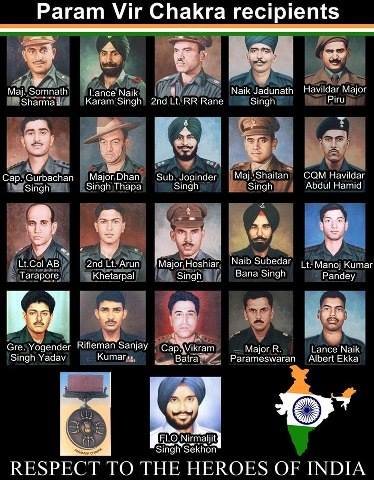





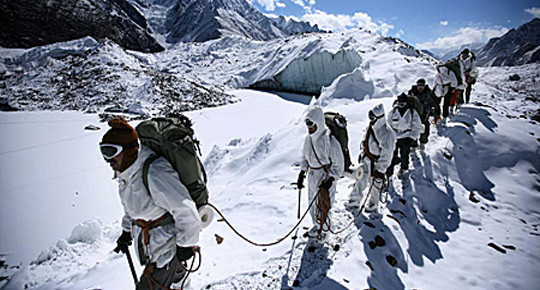
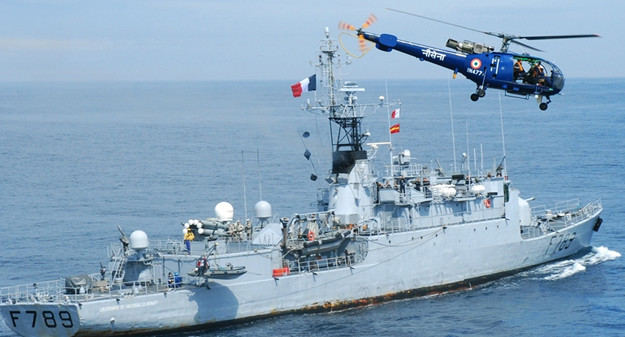
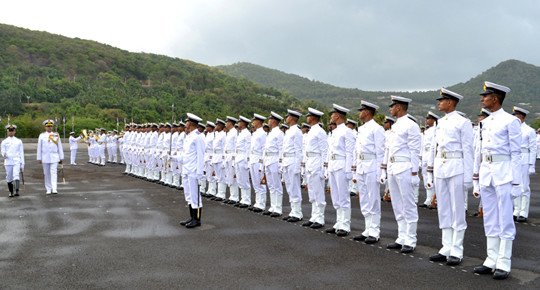

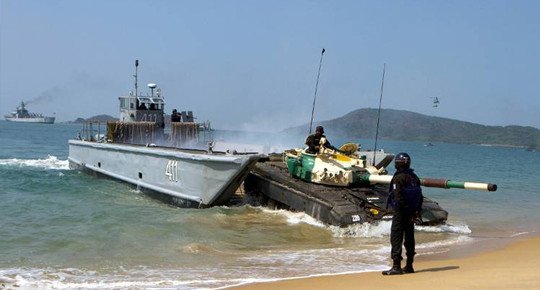

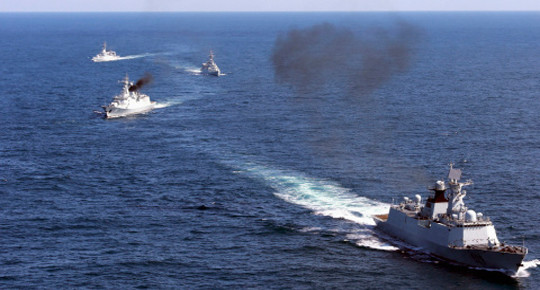
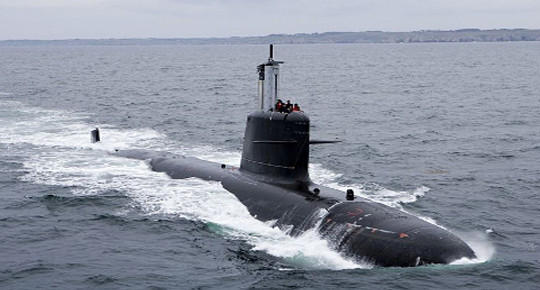

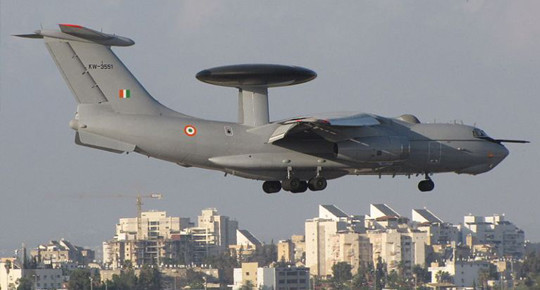
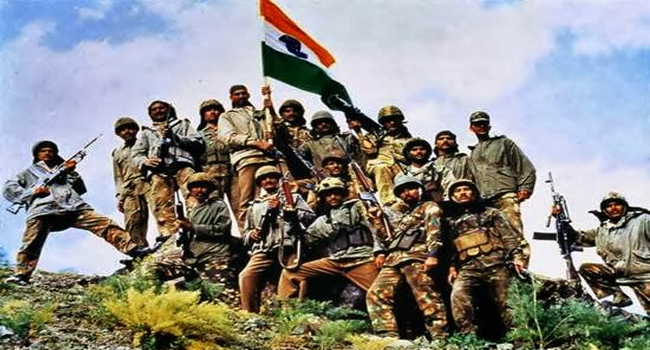

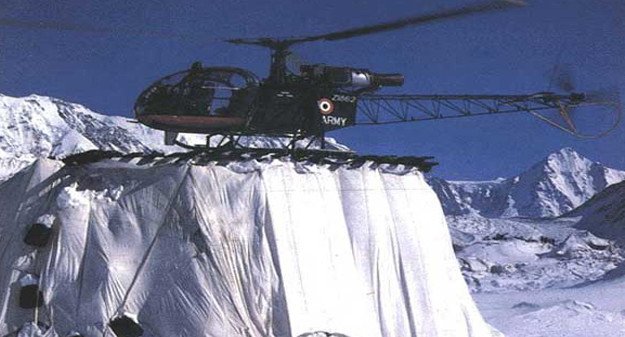
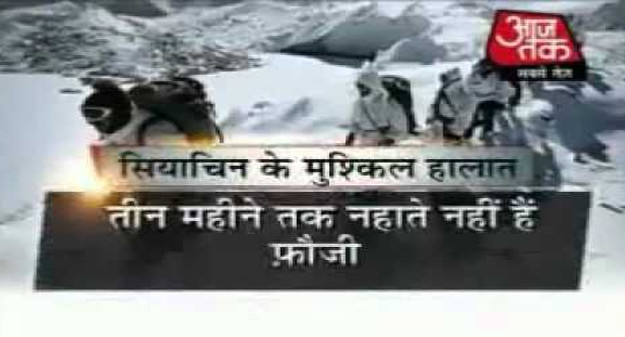

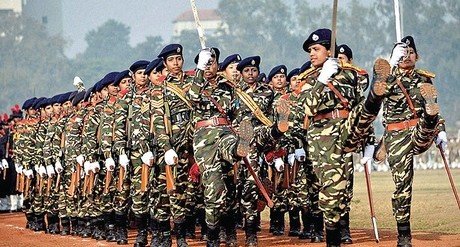

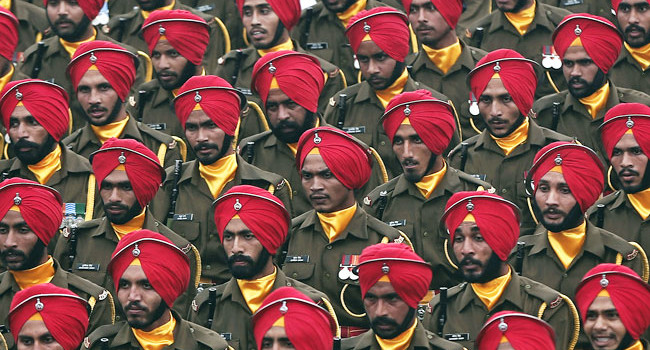
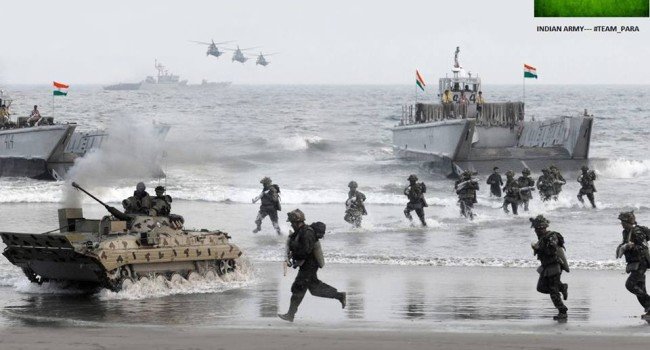



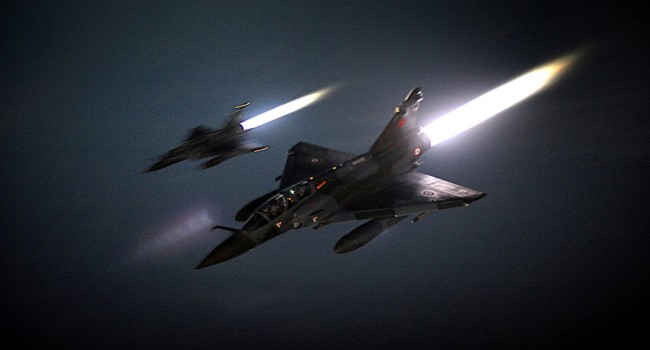
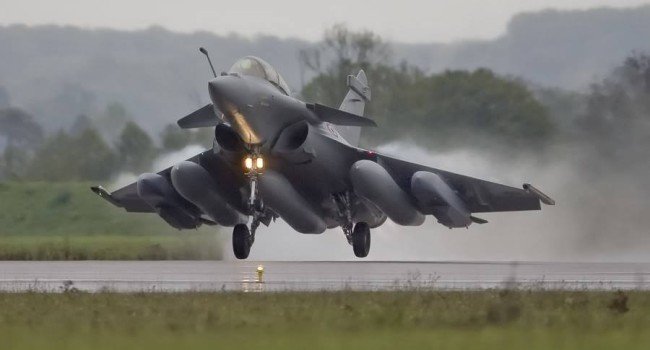

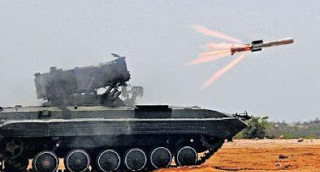
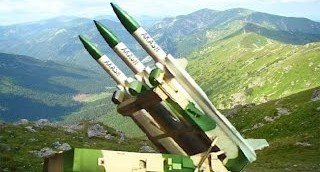


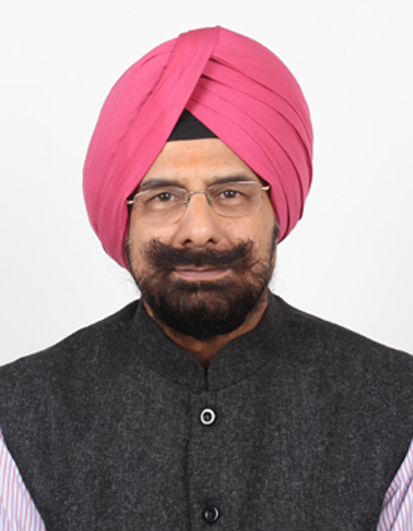


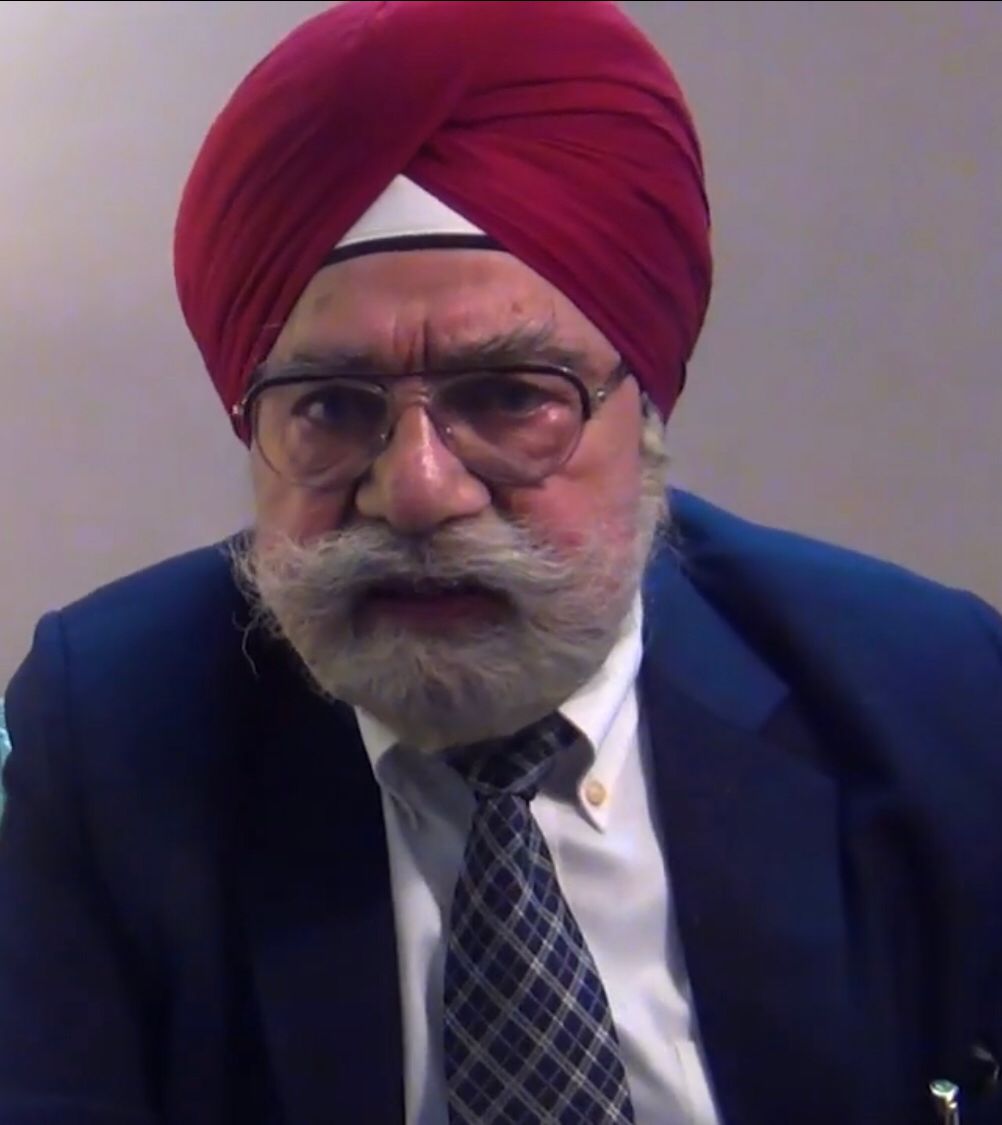



 A police vehicle was set on fire in Karimabad on Thursday. (Source: AP)
A police vehicle was set on fire in Karimabad on Thursday. (Source: AP)




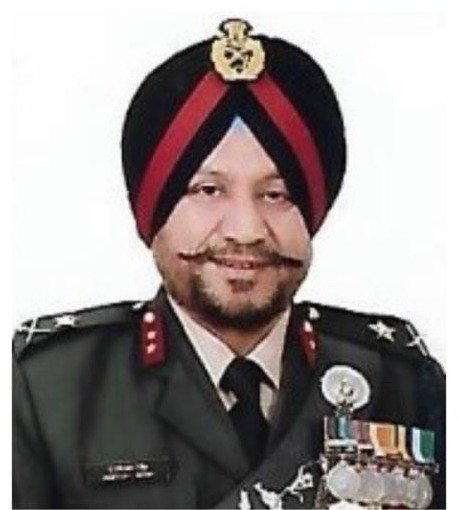


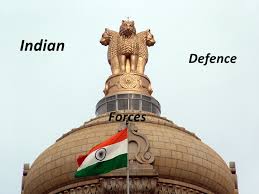


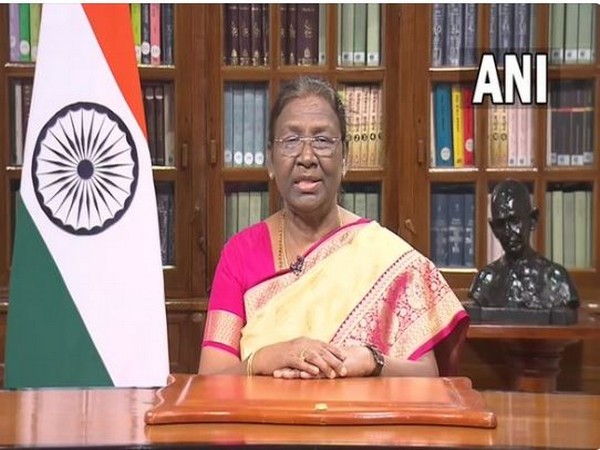




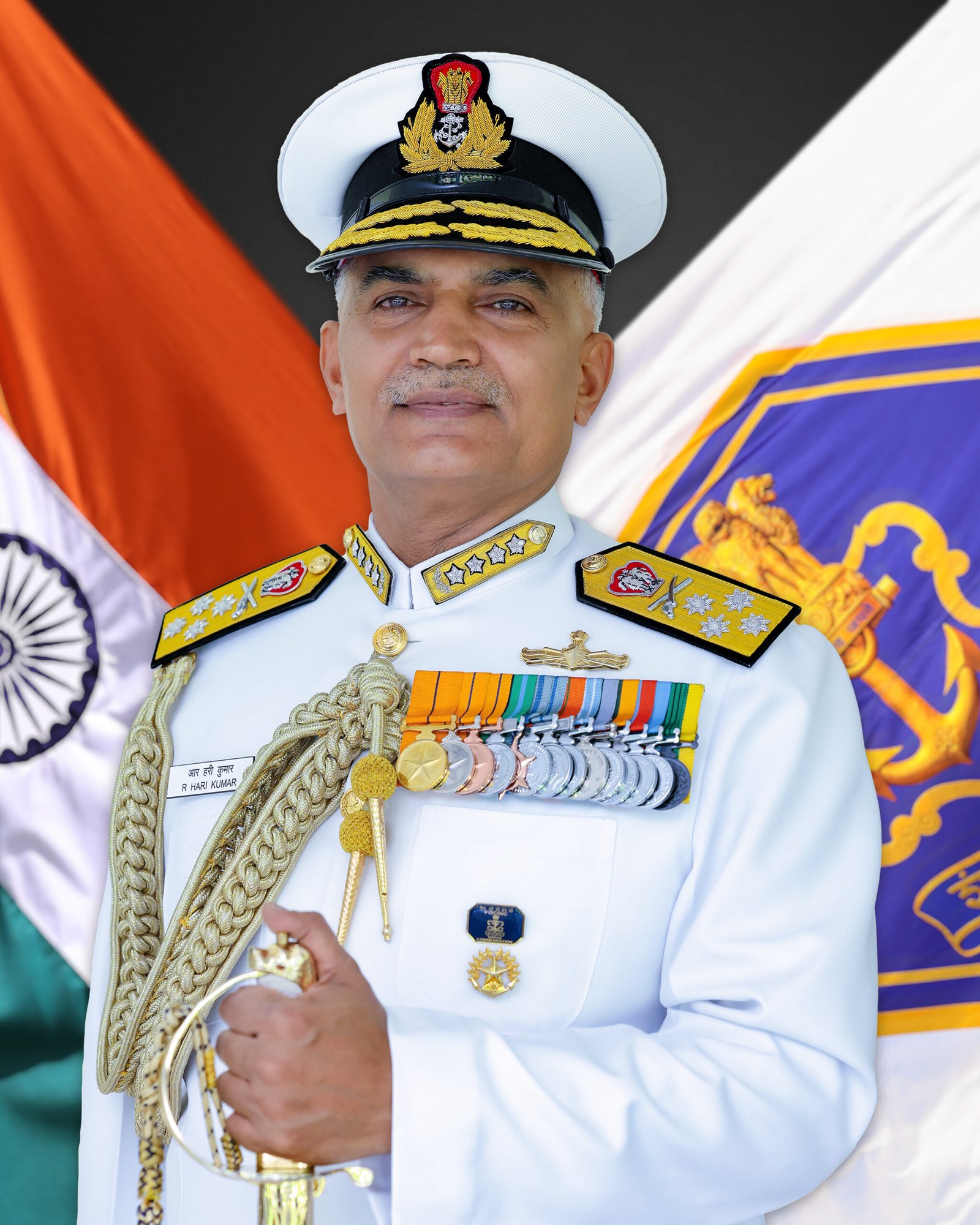


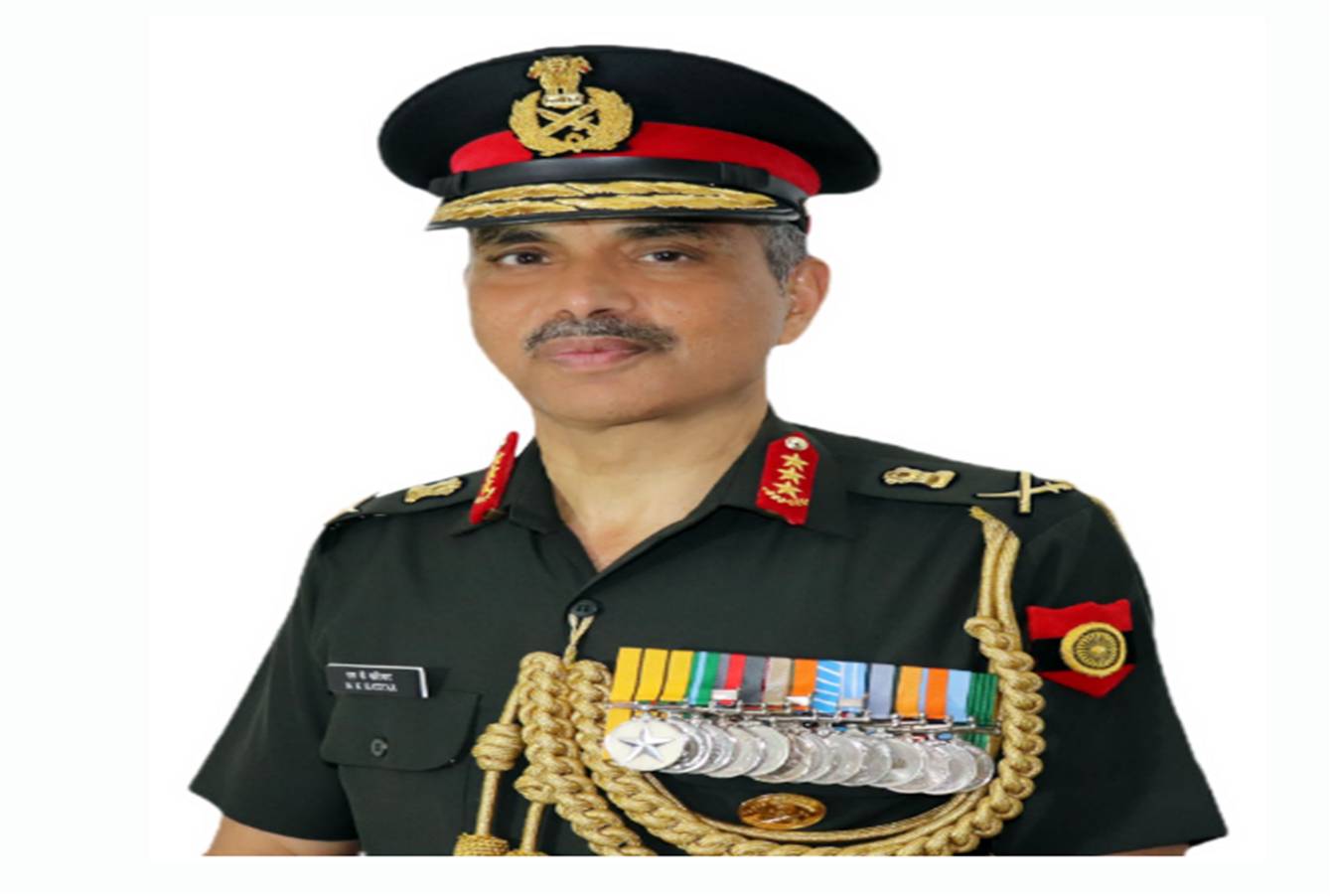

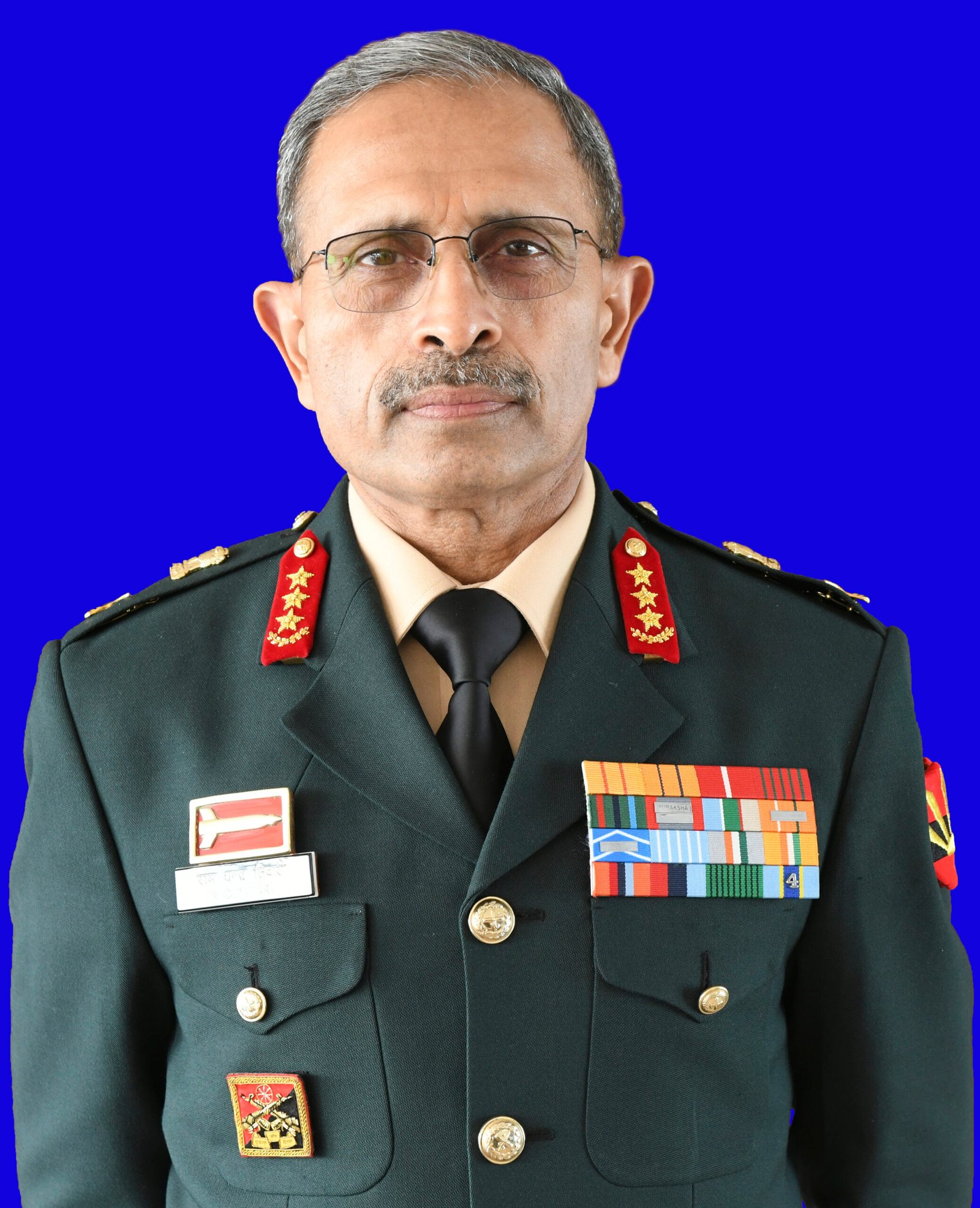
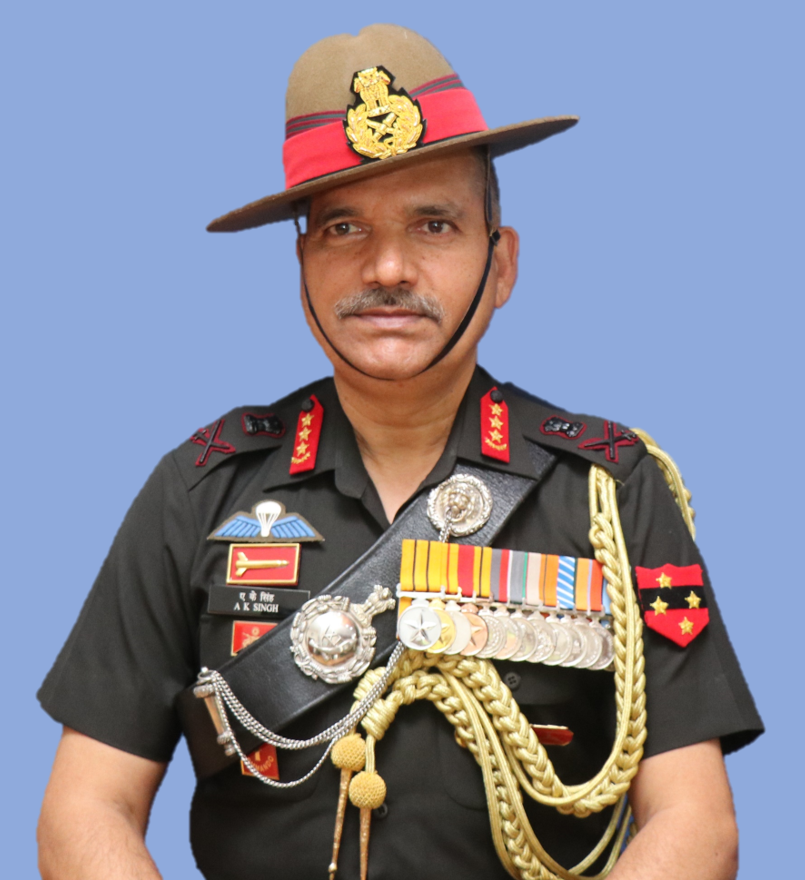
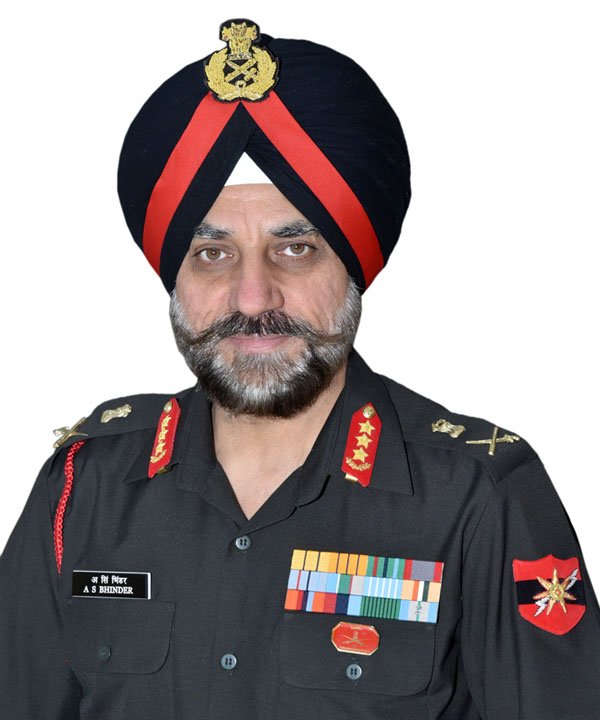
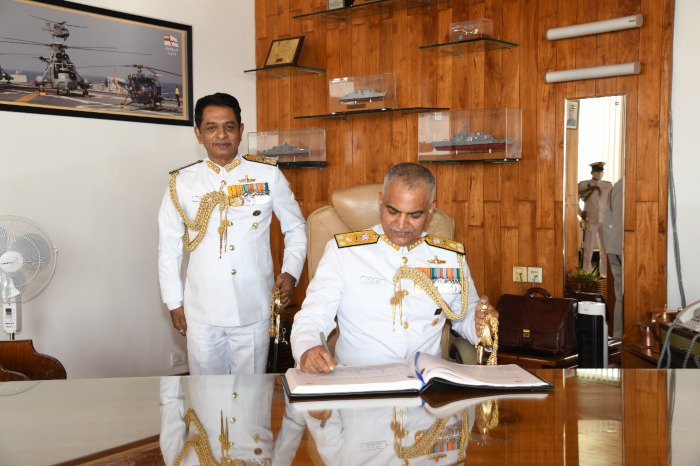
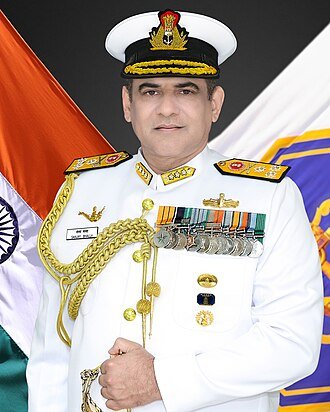



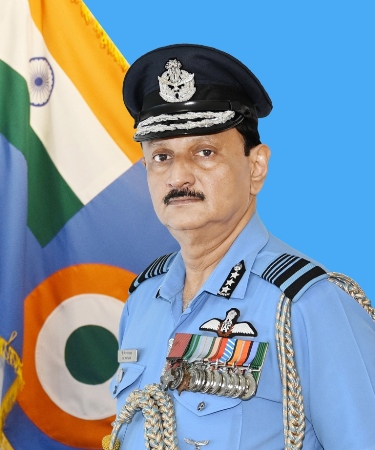
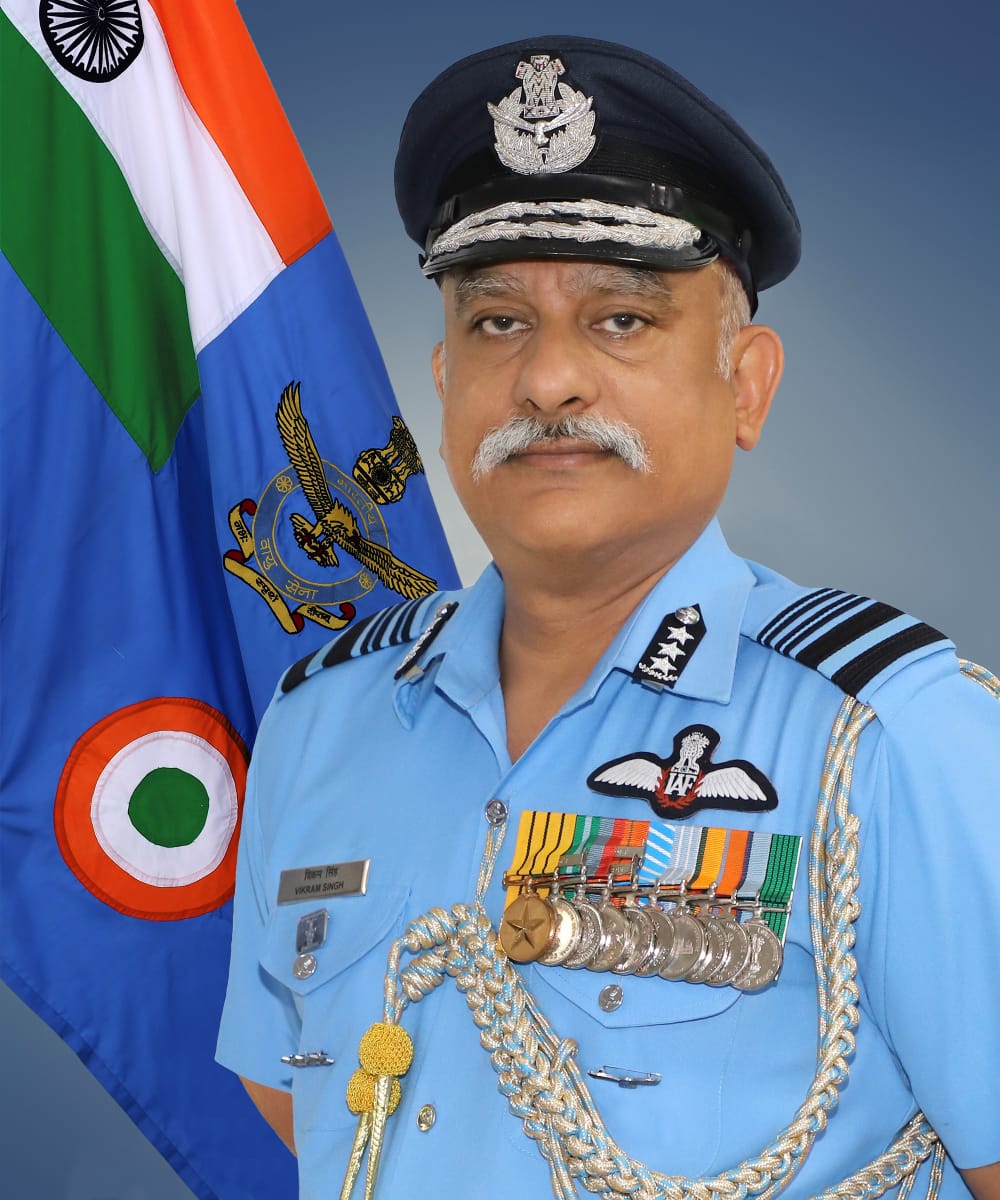
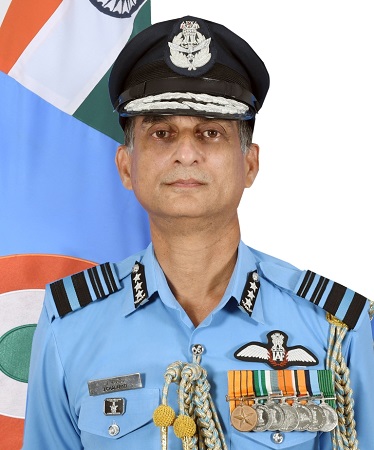
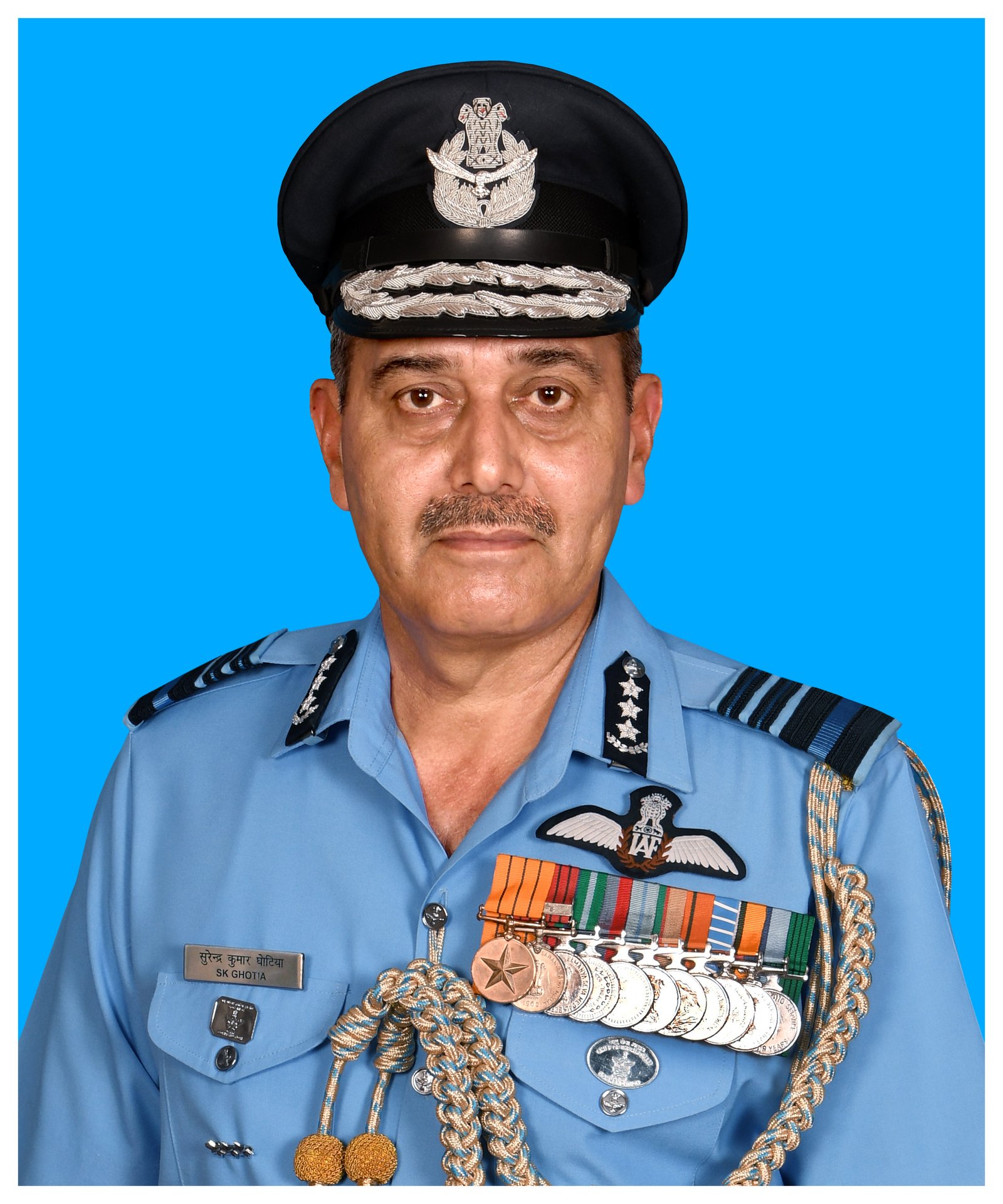


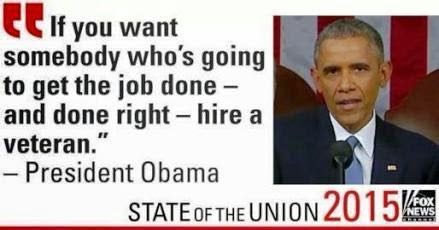

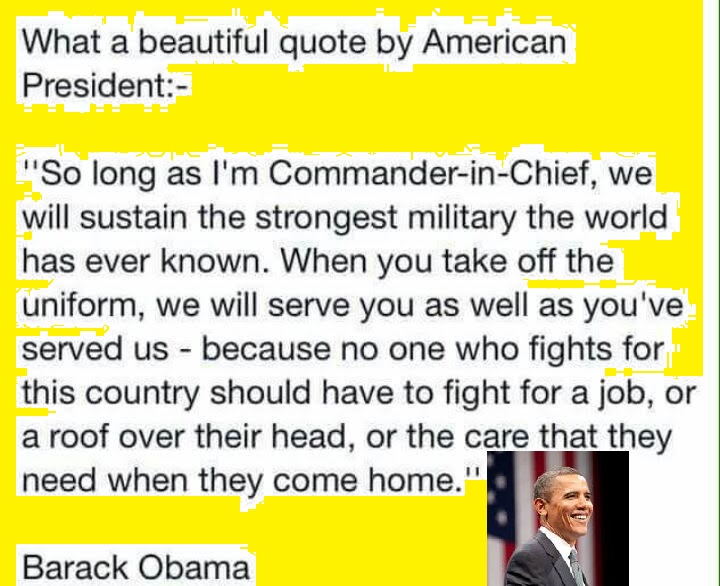


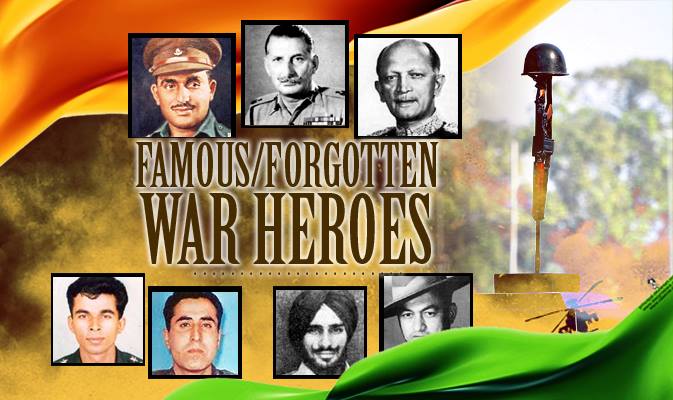















Top Comment
y should these top grade officers be paid more..? Jawans, JCO’s should be paid more then thses crook bosses who do nothing good for the country other then living royal life.. what is the job securit… Read MorePradeep Singh